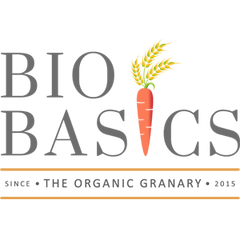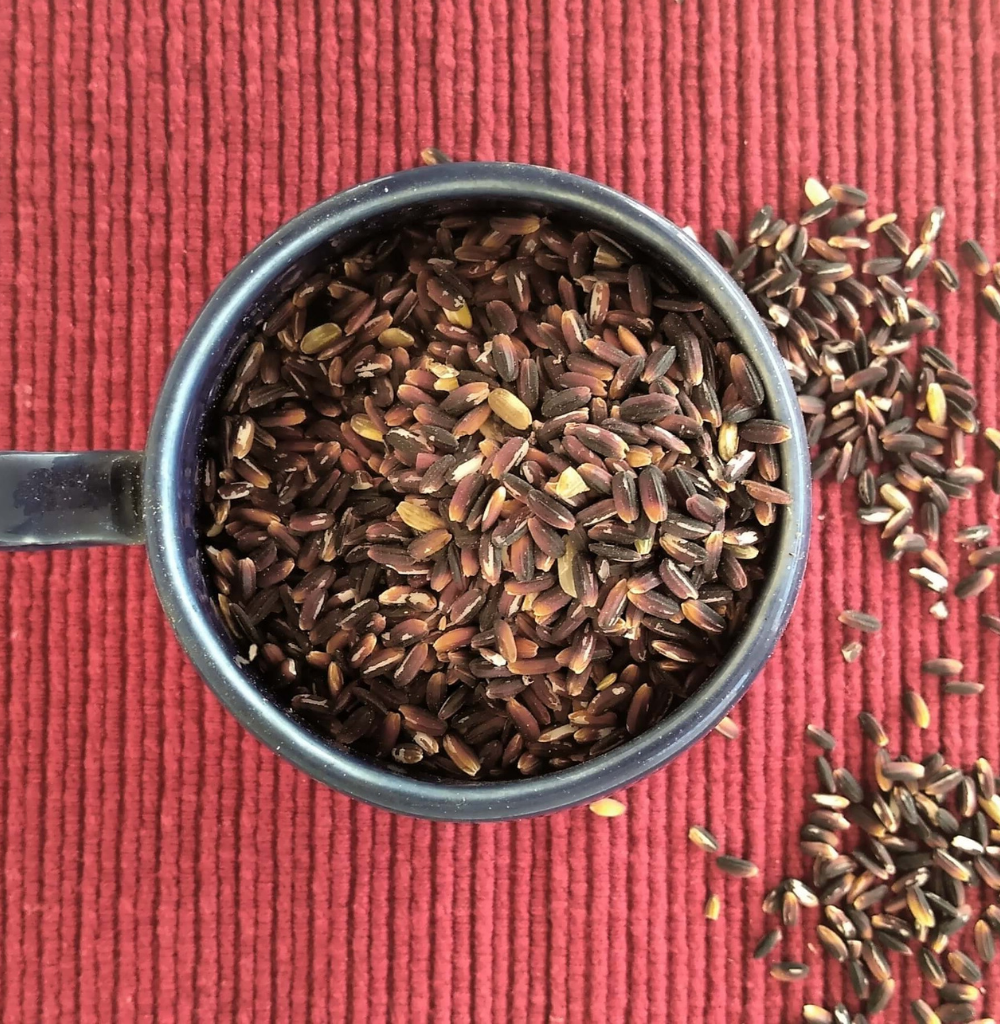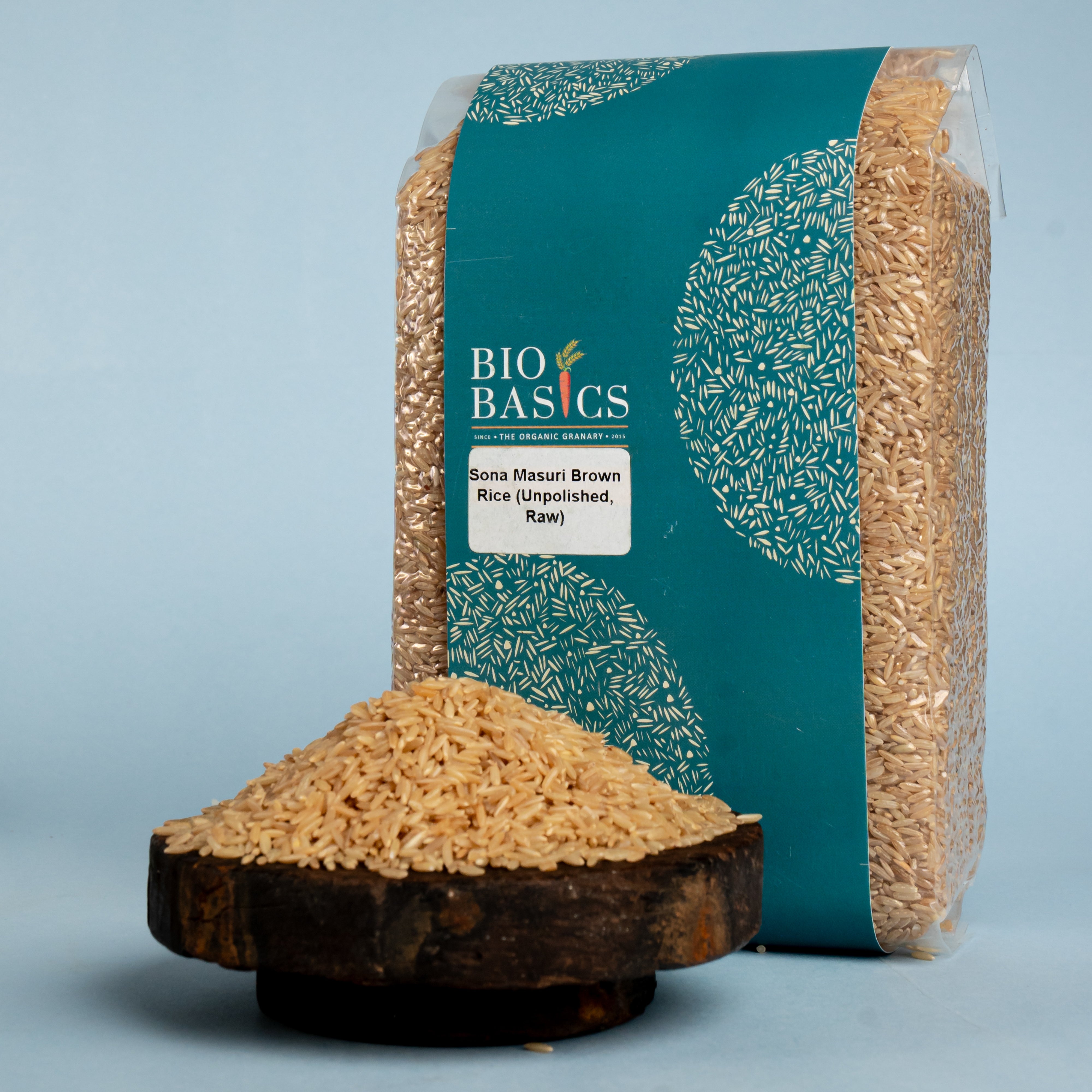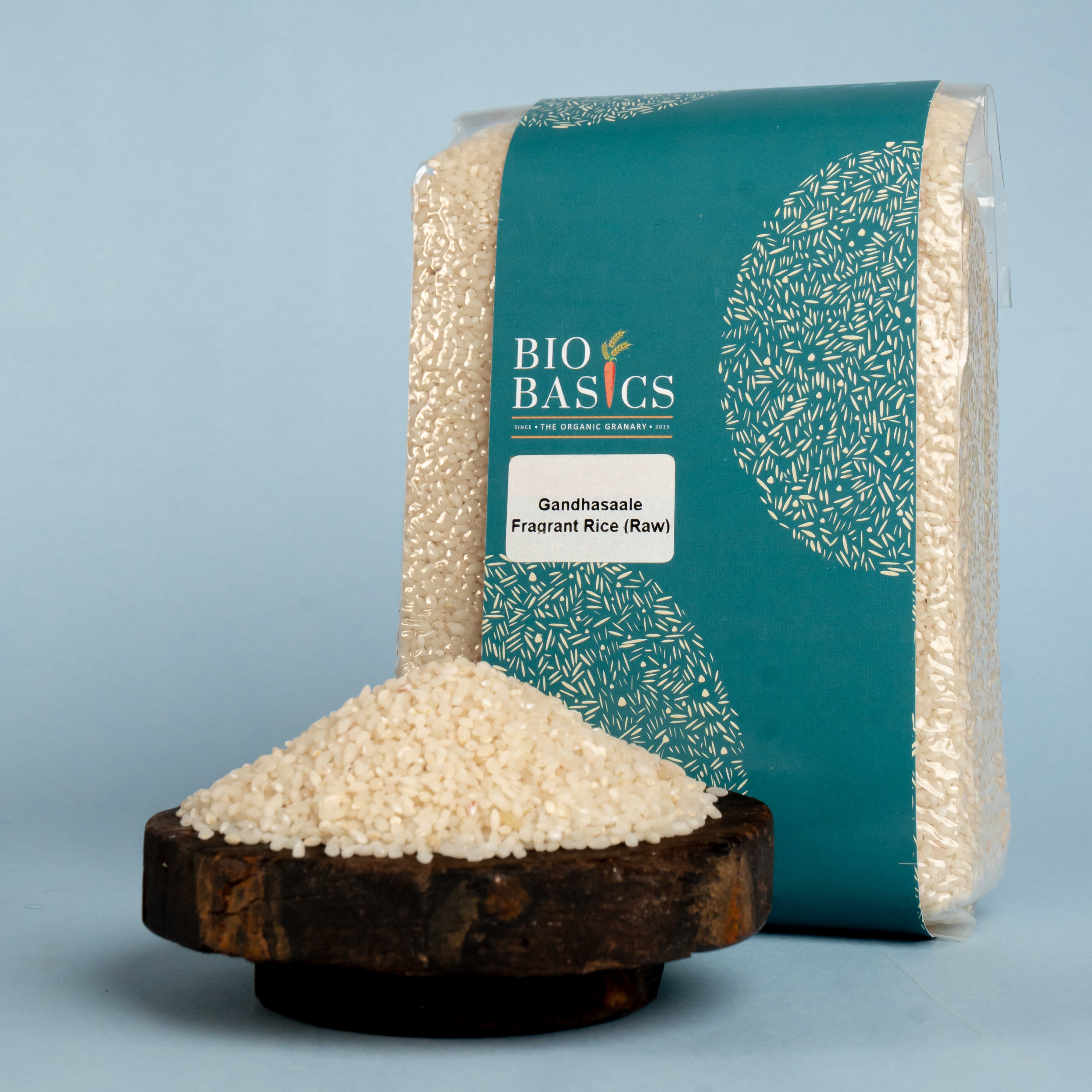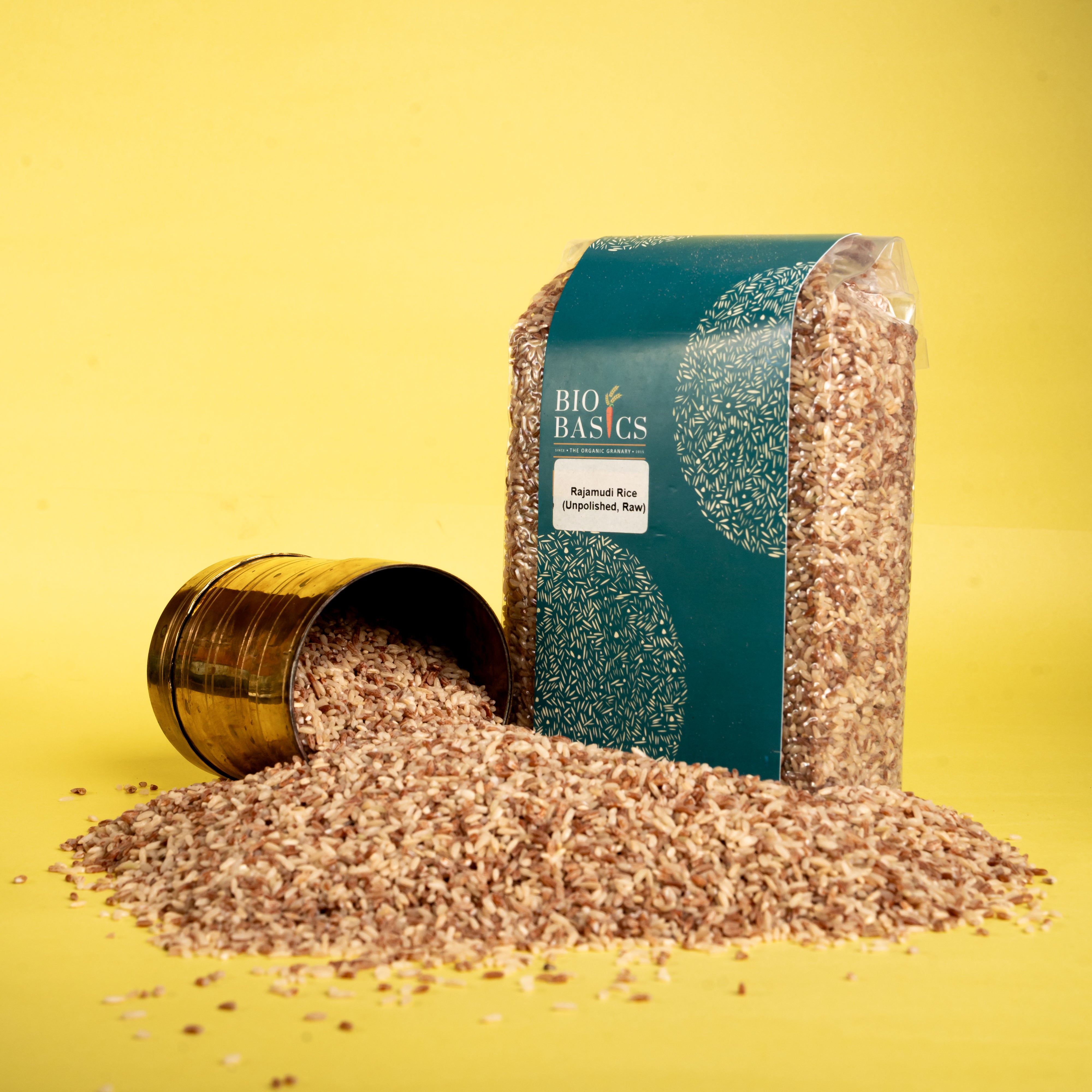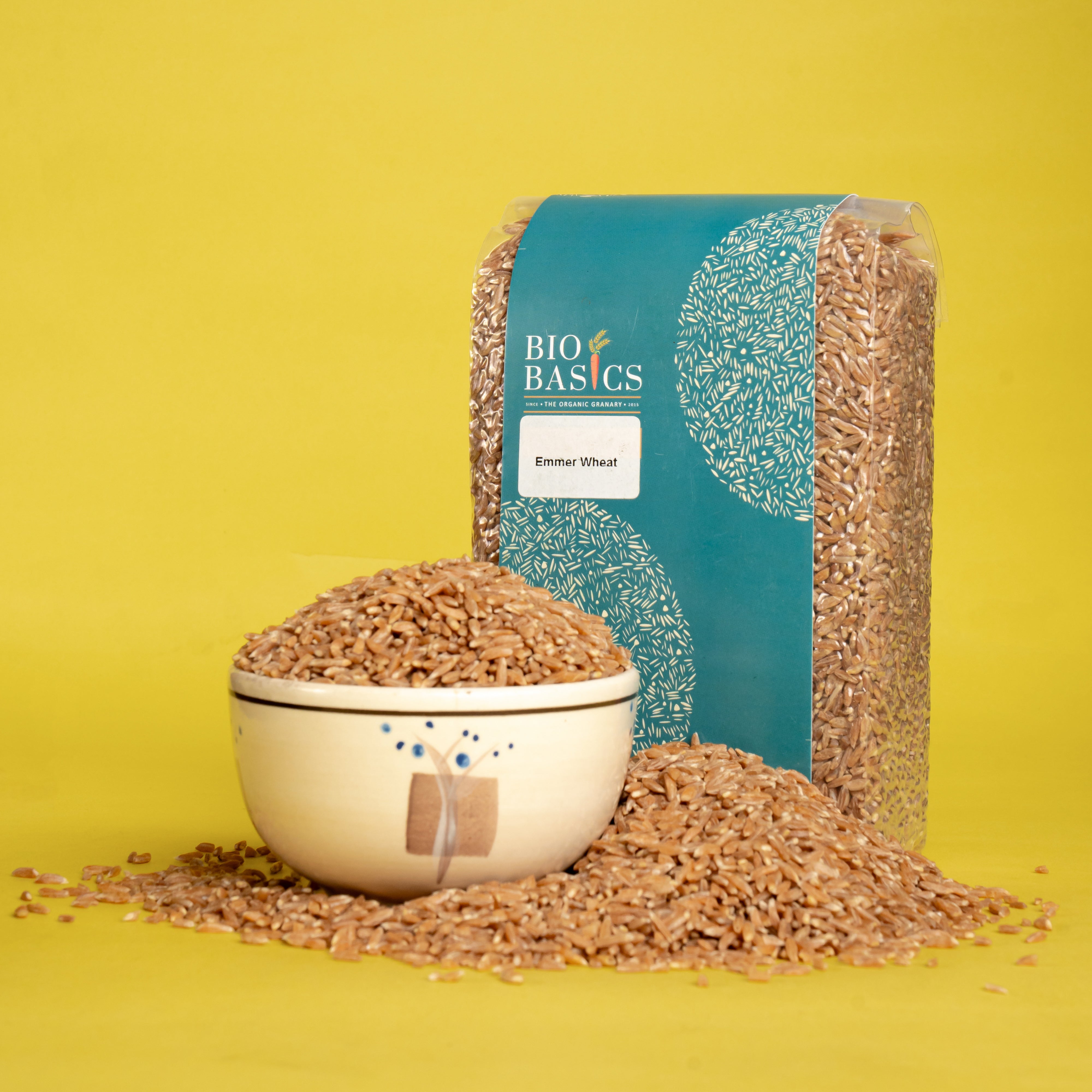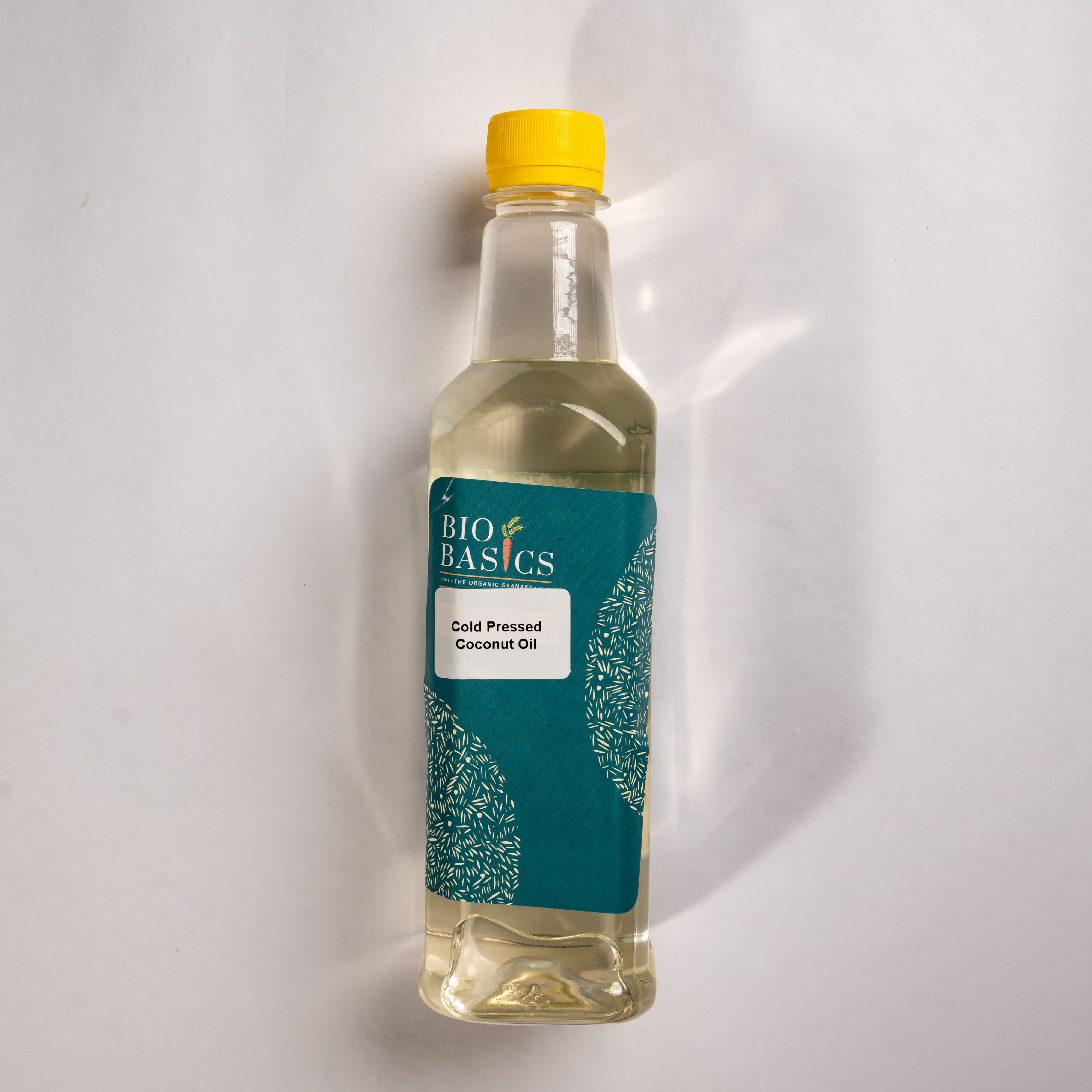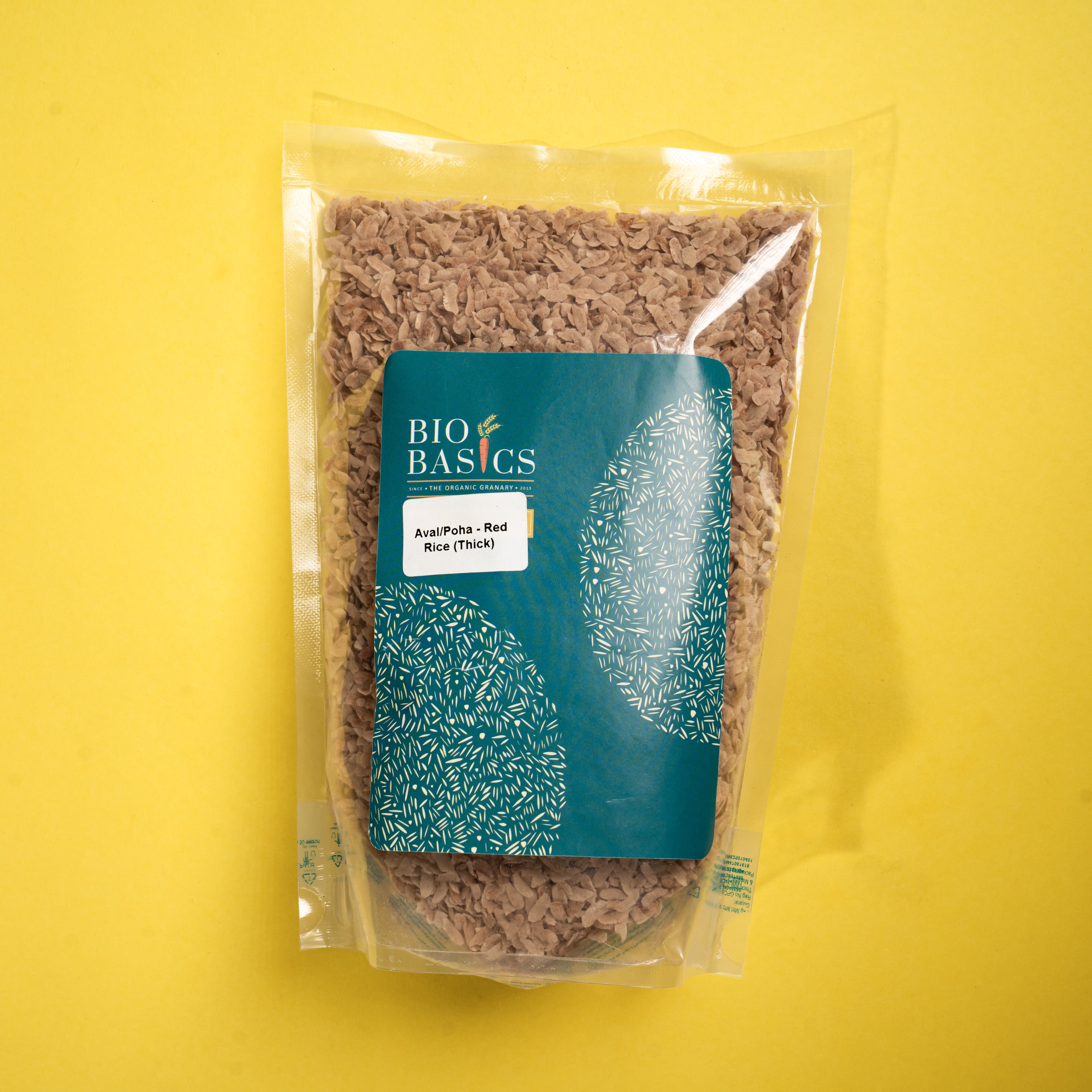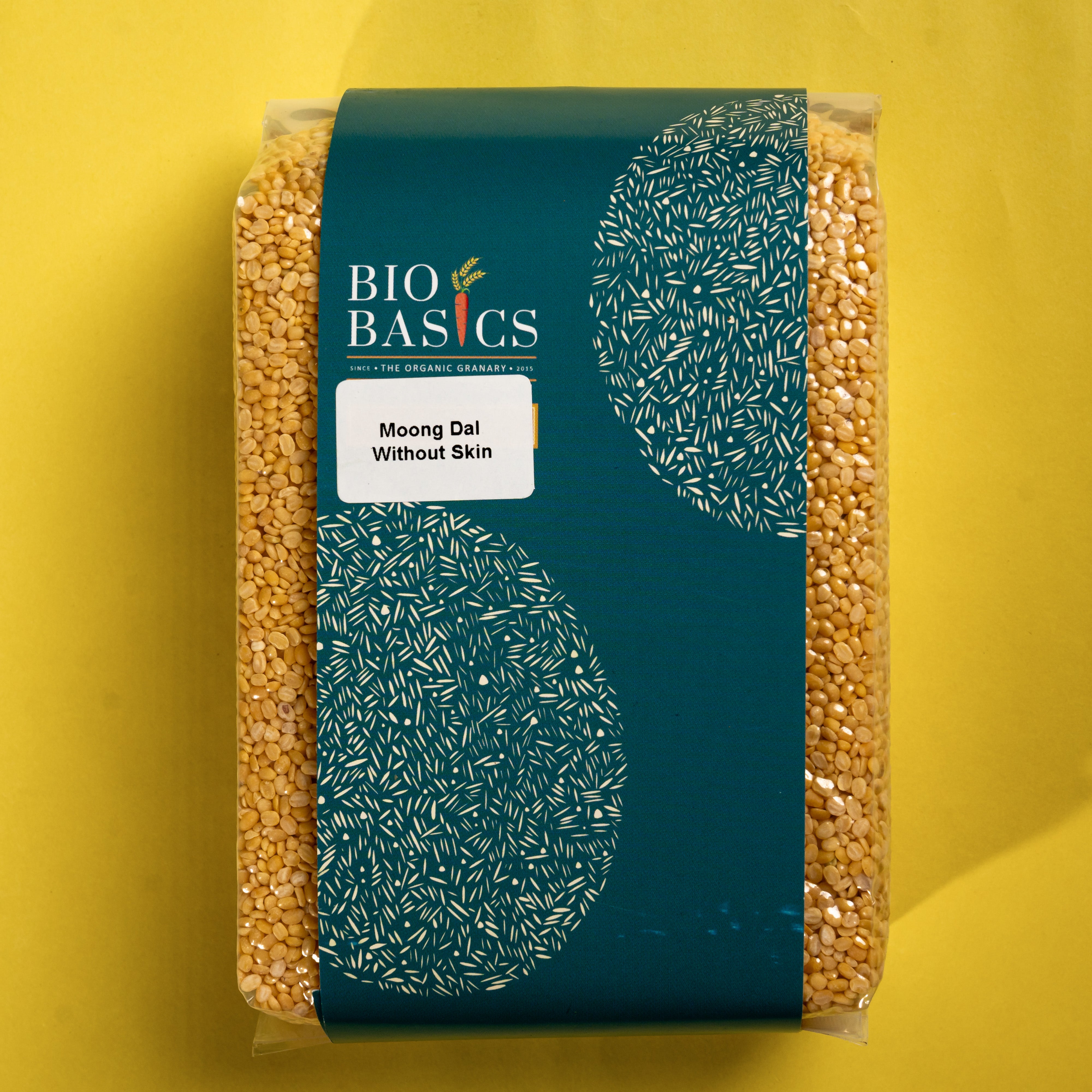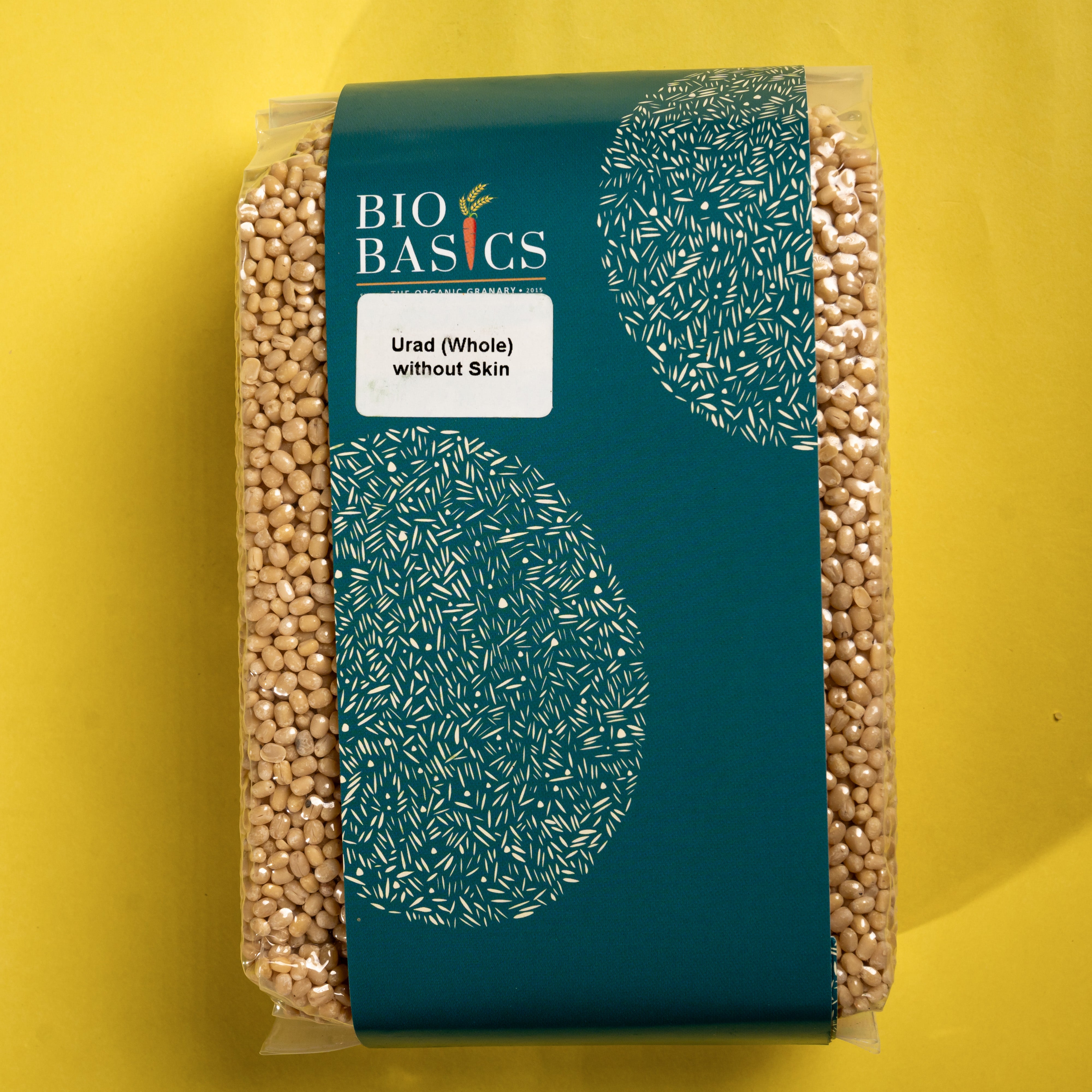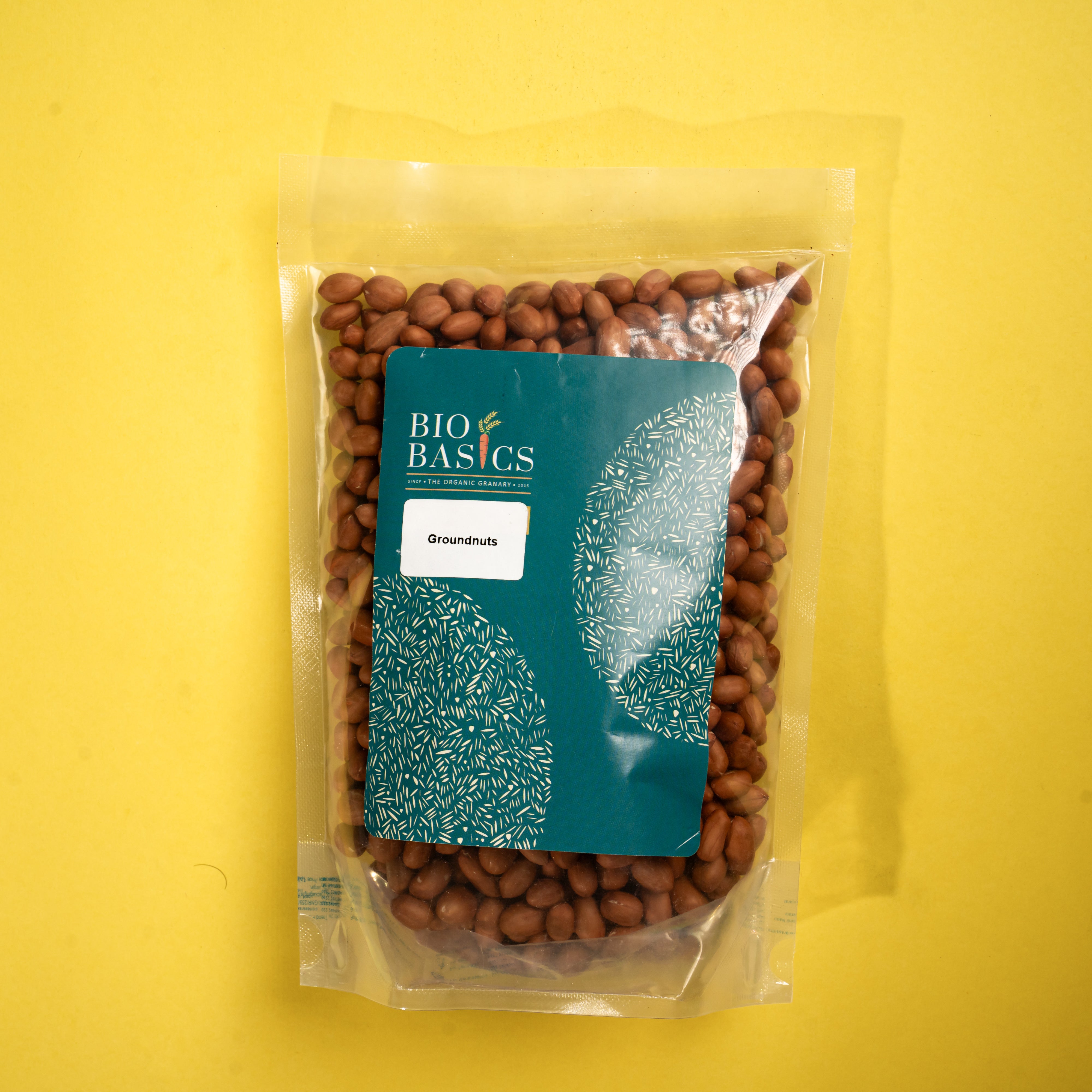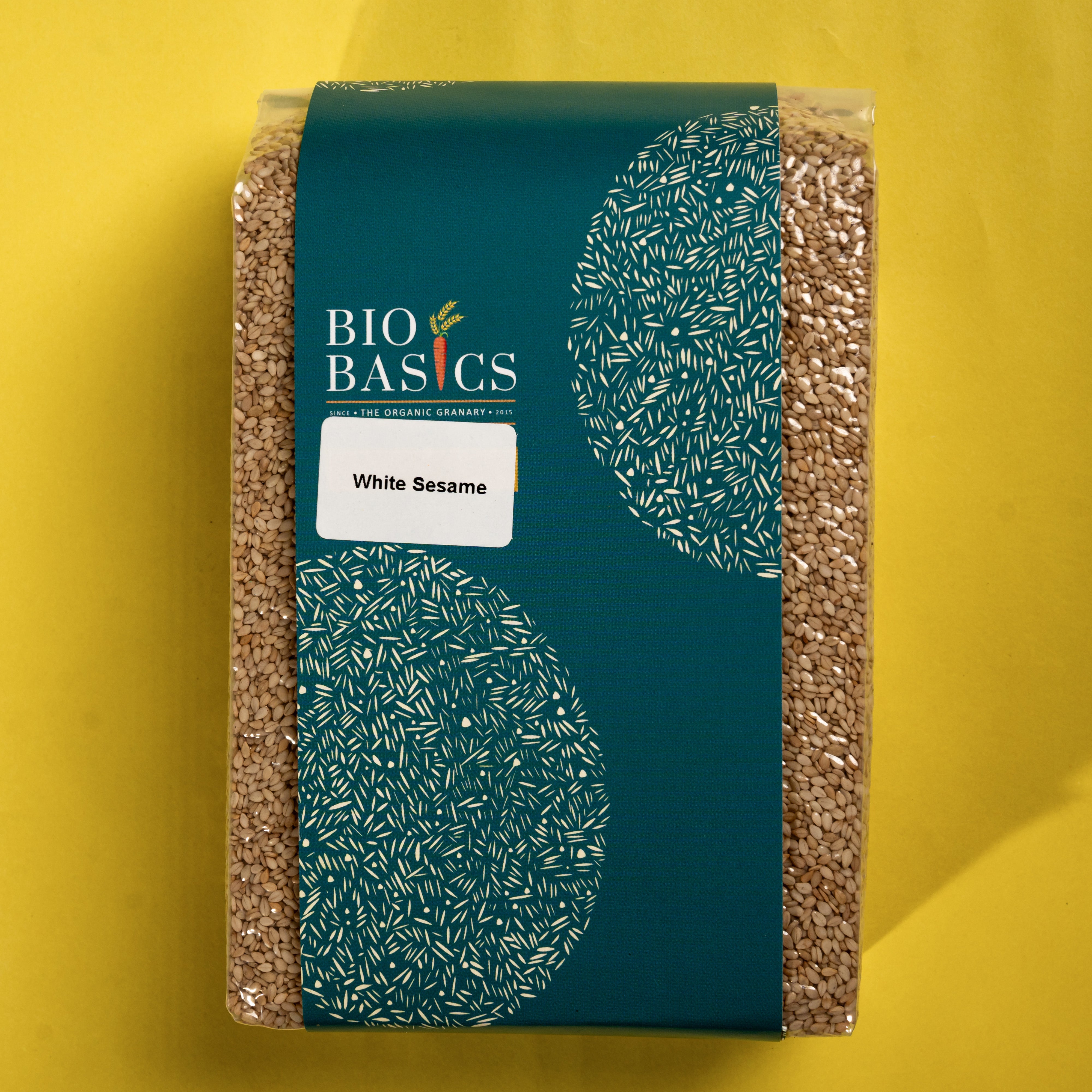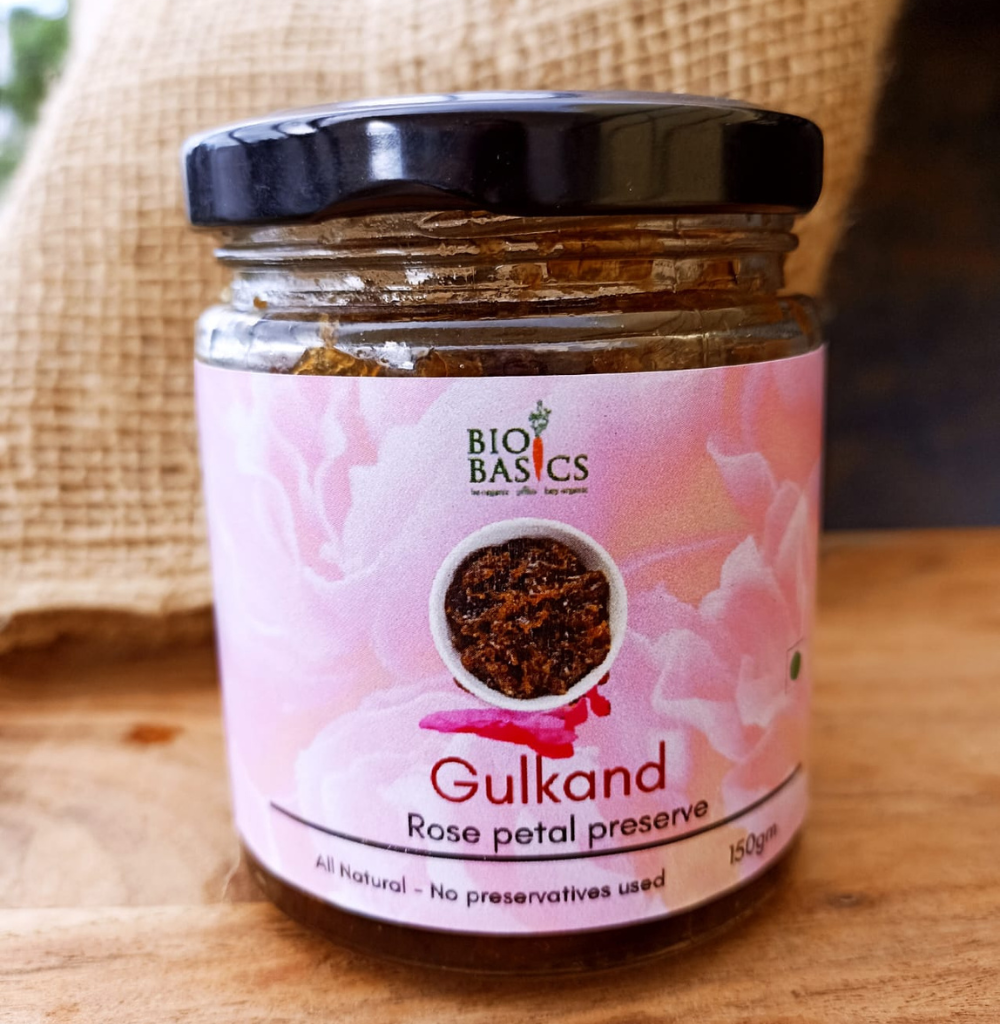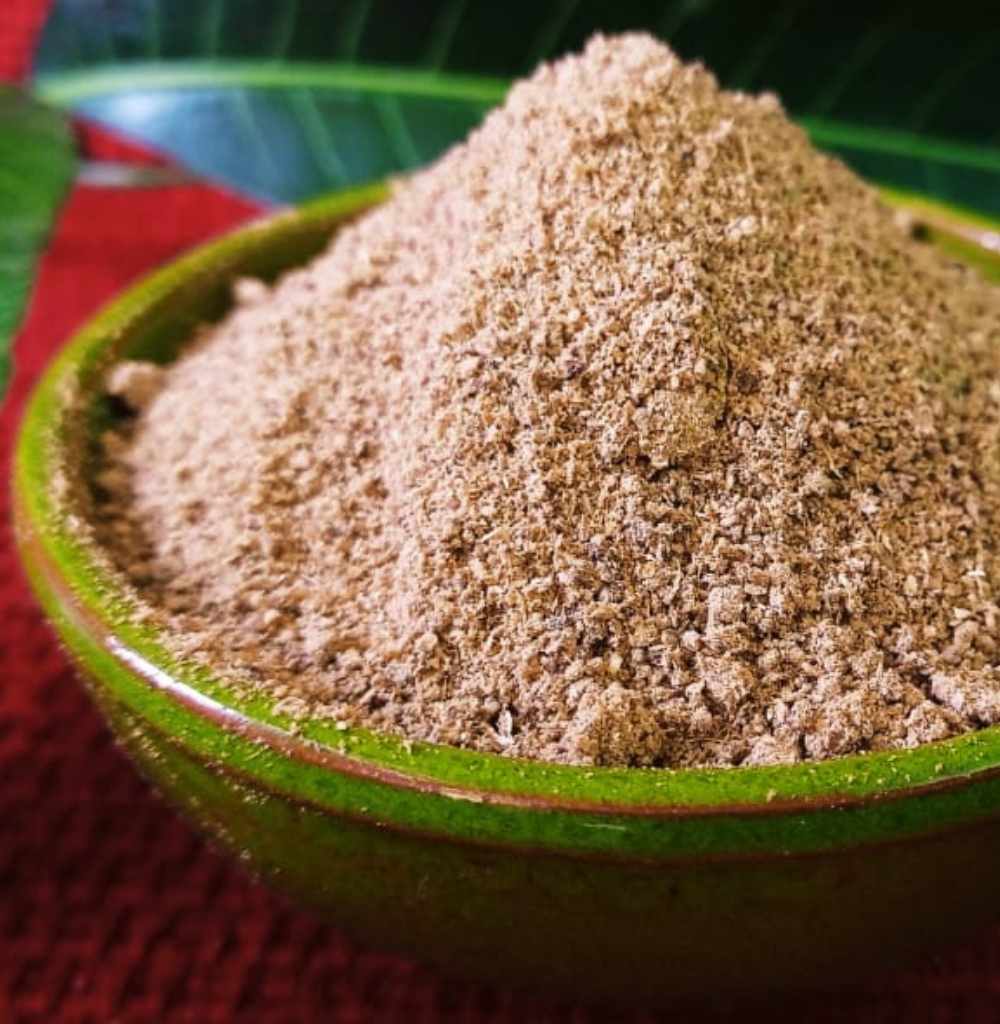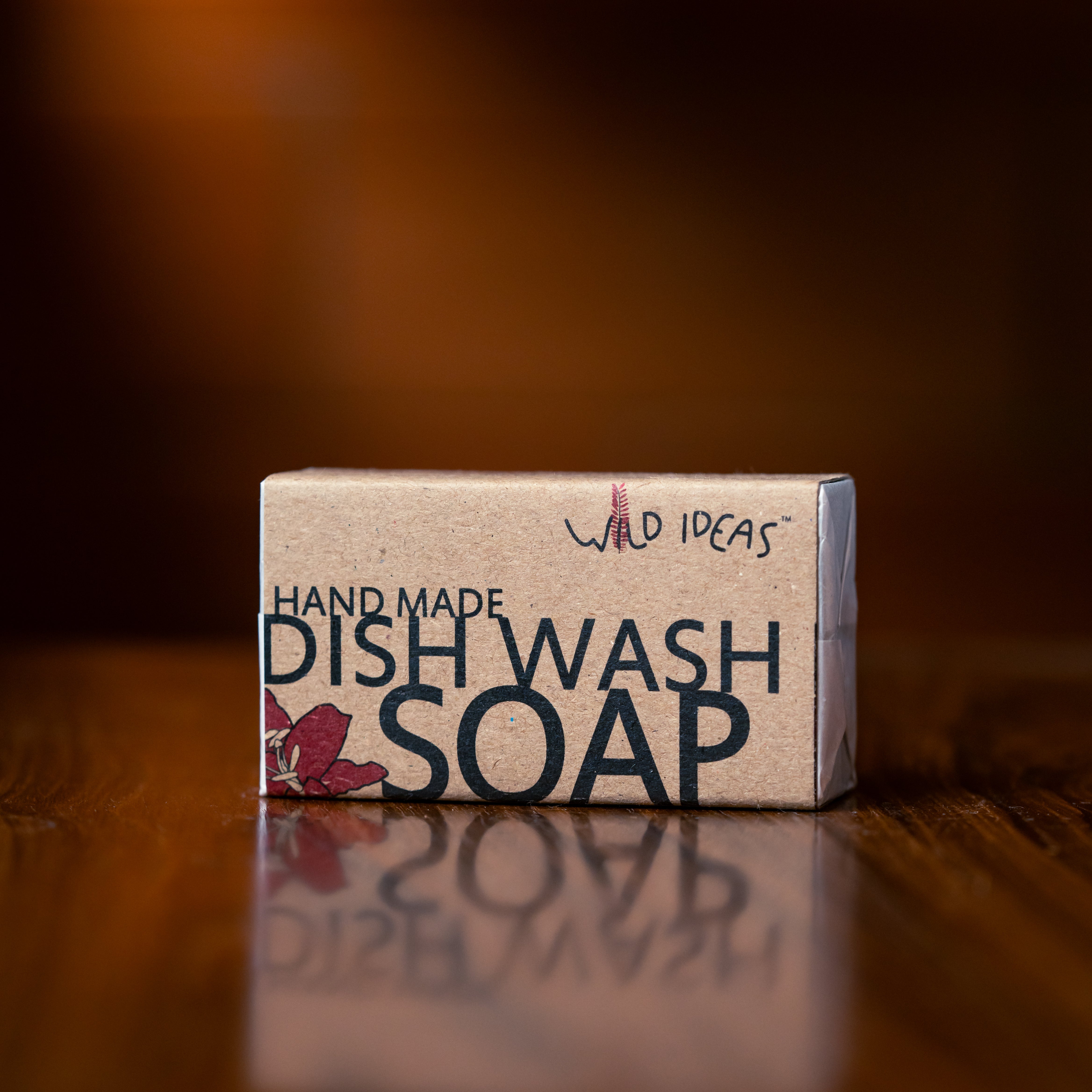Kerala Style Aviyal:
A favourite with most of us from Kerala – Aviyal. This Kerala stype Aviyal recipe is a mix of vegetables, and occupies a prominent place in my rank of favourite dishes. An easy to prepare dish into which every bit of vegetable goes, along with coconut and a souring agent. One of our favourites when the refrigerator has to be cleared up of all the tiny bits and pieces of various vegetables. Many a Kerala sadya ( feast) is judged by the quality of the aviyal.
Cut the vegetables lengthwise about an inch and a half long, have a mix of watery and firm vegetables, cook the firm ones first, when half cooked add the watery vegetables & continue cooking. Coarsely grind coconut with cumin, turmeric powder, green chillies, pepper, curry leaves and add tamarind juice ( raw mangoes during the season) or curd for souring it.
Add the coconut mix to the cooked vegetables, cook again on low fire, pour a spoon of coconut oil and garnish with curry leaves and its ready. Our Kerala style aviyal is all organic, right from the vegetables to coconut oil to the curry leaves on top!
To ensure slow and even cooking I prepare aviyal in a thick-walled baked clay pan. Our preferred vessels to cook are mud/clay pots and pans and stone vessels, along with now cast iron. I am told that on occasions aviyal used to be made in large bronze urulis. I haven’t yet tried it, but maybe one day will try with my small uruli. This mud vessels mimics the uruli in shape, shallow, open, thick walled and is great for preparing aviyal. Allows you to stir the vegetables gently without making it into a mush.
Serves 6
Ingredients:
1 small or ½ large country cucumber-peeled, deseeded and cut into long batons
1 green plantain-only the outer layer peeled leaving behind most of the skin, cut into long batons
1 big carrot-peeled and cut into batons
½ snake gourd- peeled, deseeded and cut into long batons
1 long drumstick- cut into 1 ½ inch pieces, the skin partially peeled
1 small wedge ash gourd-peeled and cut into long batons
10 long beans / thattakai-cut into 1 ½ inch pieces
1 small wedge yam- cut into long batons
3 small brinjals- cut into 4 wedges each
½ raw green mango- cut into long batons with skin
1 ½ cup- freshly grated coconut
4 tbsp- coconut oil
1 green chilli -chopped + 2 green chillies cut along the length into two pieces each
3 shallots / small onion- chopped
4 sprigs curry leaves
½ tsp- cumin seeds
¼ tsp- turmeric powder
½ tsp- chilli powder
1 lime sized tamarind ball- soaked in ¼ cup water and make into a paste
Salt to taste
Method:
Soak the green plantain, yam and brinjal pieces in water to avoid discolouration during preparation.
In the mixer grinder, grind the grated coconut along with the chopped green chilli, shallots, turmeric powder and 2 sprigs of curry leaves. Do not add water while grinding and let the mixture be coarse.
Heat a kadai and add 1 tbsp coconut oil, add the yam, green plantain, brinjal and carrot and stir quickly for about 2 minutes. Remove and set aside. In the same kadai, heat 1 more tbsp of coconut oil and add the rest of the vegetables and stir quickly for 2 minutes and keep aside.
In the same kadai, return the first set of vegetables and pour enough water to barely cover them, place a lid and start cooking them. Once they are about half cooked add the rest of the vegetables along with the chilli powder, tamarind paste and salt and cook further. Add more water, if required.
Poke the yam and test to see if it’s done as it is the toughest vegetable to cook in this mix of vegetables. If the yam is done, the rest of the vegetables will also be cooked. Now gently stir in the coarsely ground coconut mixture and cook on low flame, covered for a couple of more minutes. Finally, drizzle the remaining 2 tbsp of coconut oil and 2 sprigs of curry leaves as the garnish before serving.

The lack of curd/ yoghurt in this recipe may surprise a few. Recipes for Aviyal vary across families and across regions within Kerala. I do suggest that about 1 cup of yoghurt can be substituted instead of the tamarind paste in the Aviyal, depending on preference. But I highly recommend using tamarind especially if you are using yam in the recipe as it has the capacity to offset a certain prickly feeling yam can cause on the tongue and throat sometimes.
The Kerala style Aviyal is a medley of vegetables that compliments the rest of the sadya dishes and is a shining example of how truly wholesome and flavourful our traditional Indian dishes are.
Pro-tip:
*Use the slow grind speeds to achieve a uniformly coarse and dry mixture.
